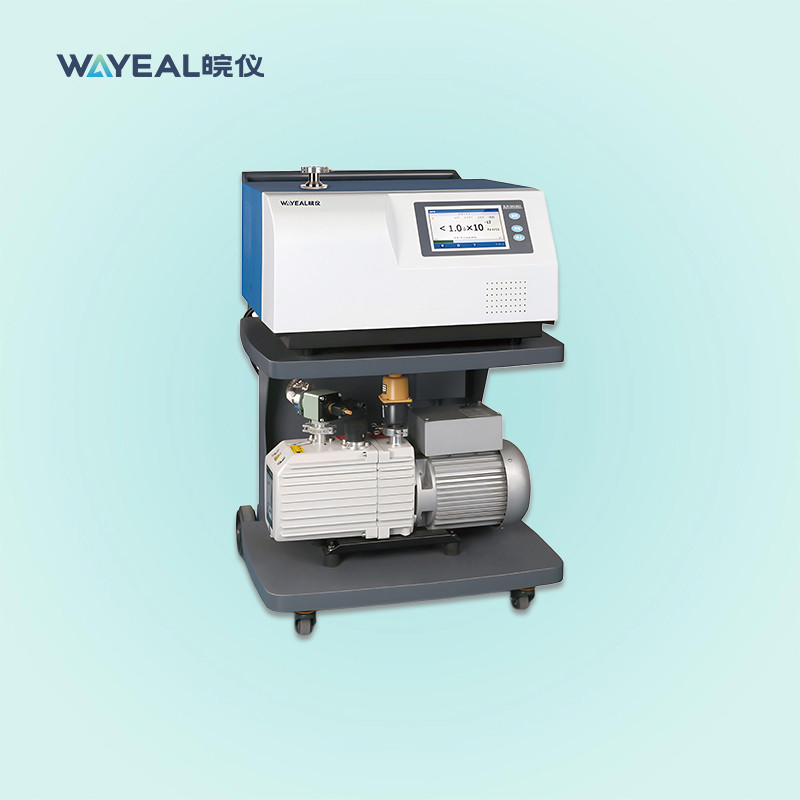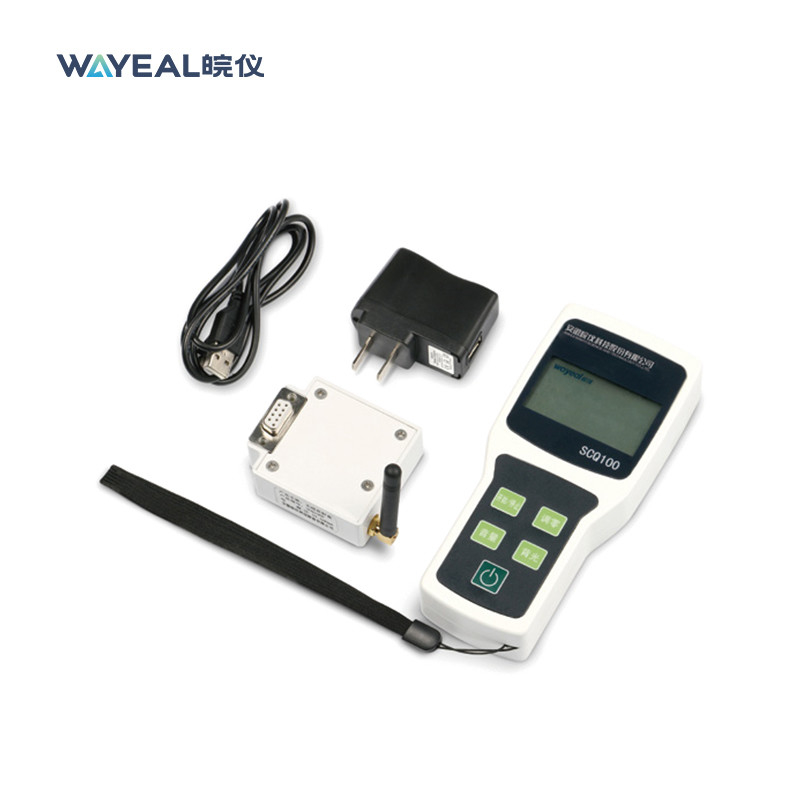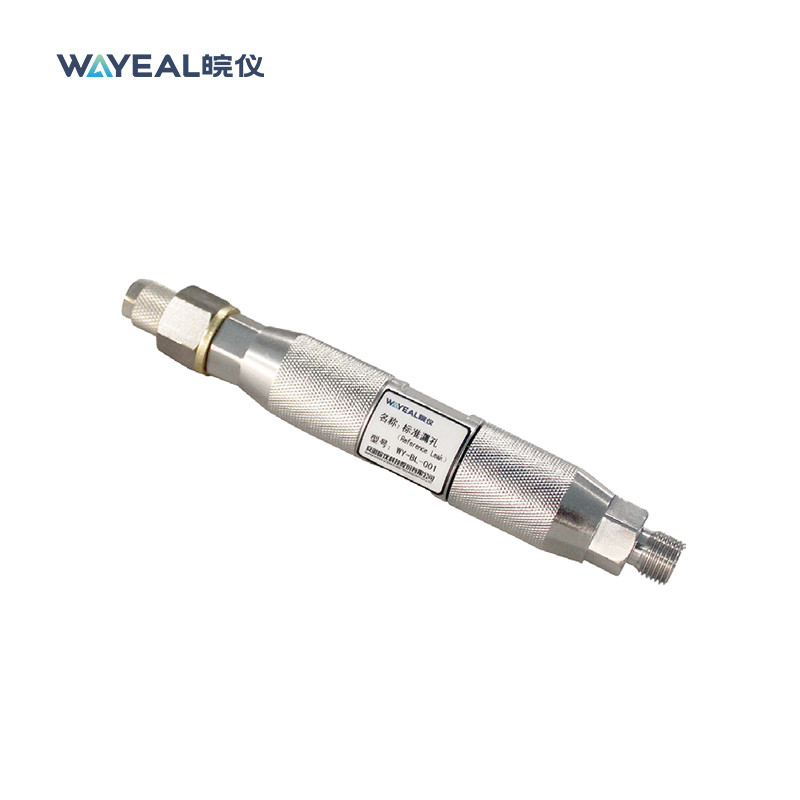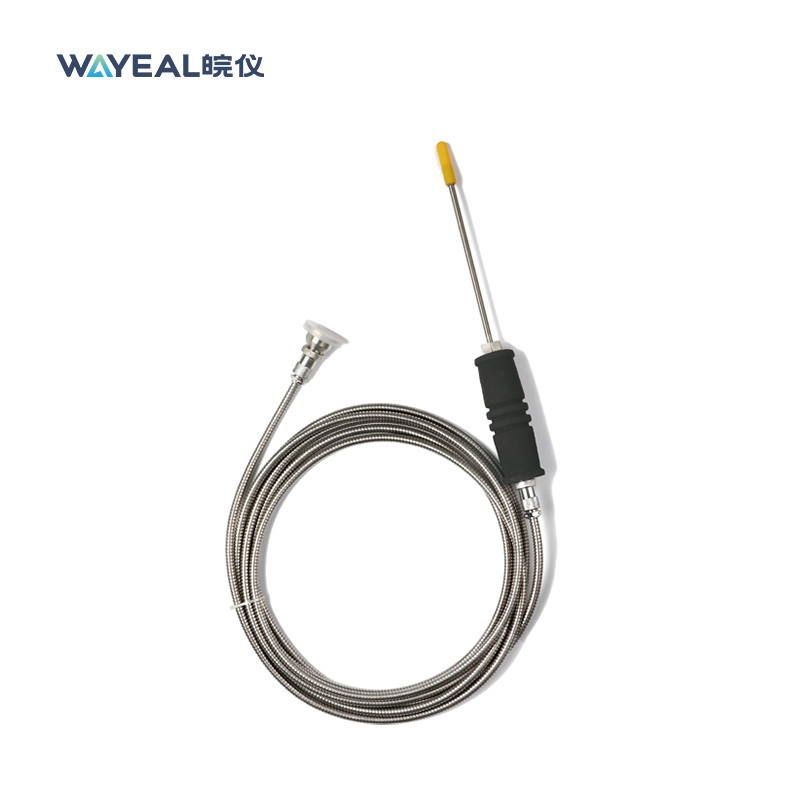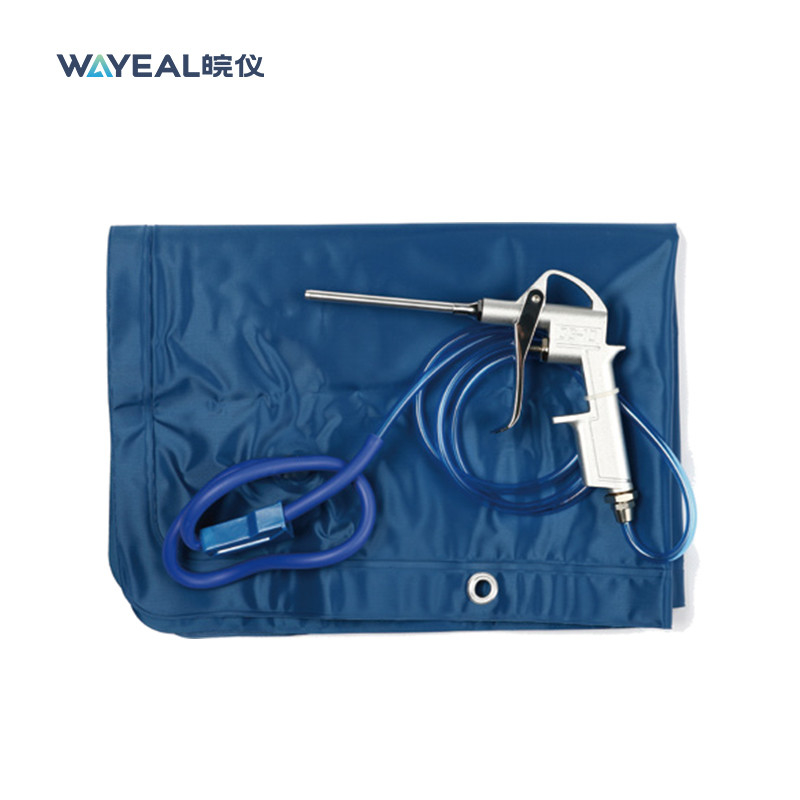Technical Parameters of Helium Leak Detector:
|
DN25KF Helium Mass Spectrometer Leak Detector with 1s Response Time
|
|
Leak Detection Port
|
DN25KF
|
|
Start Time (min)
|
≤2
|
|
Detectable Quality
|
2, 3, 4 (H2, He3, He4)
|
|
Mini Leak Detection Rate(Pa.m3/s)/Sniffer Mode
|
5*10-9 Pa.m3/s
|
|
Language
|
Chinese/English
|
|
Detection Method
|
Helium Leak Detection
|
|
Ion Source
|
2pcs, Iridium Coated Yttrium Oxide, Automatic Switching
|
|
Product Name
|
Helium Leak Detector
|
|
Max Allowable Leak Detection Pressure (Pa)
|
1500
|
|
Response Time(s)
|
<1
|
|
Mini Leak Detection Rate(Pa·m3/s)/Vaccum Mode
|
5*10-13 Pa.m3/s
|
|
User Interface
|
7inch color touch screen
|
|
I/O Input Output
|
8 Inputs, 8 Outputs
|
|
Communication Interface
|
RS232/485, USB*2
|
|
MES Interface
|
Standard
|
|
Size
|
645*678*965mm
|
|
Leak Detection Port
|
DN25KF
|
|
Power
|
AC220V, 50Hz/60Hz
|
|
Operating Temperature
|
0~40°C
|
Differences Between Different Types of Helium Leak Detectors in Applications
According to the detection method and application scenario, Helium Leak Detectors are usually classified into the following types: Vacuum Helium Leak Detectors, Positive Pressure Helium Leak Detectors, Vacuum/Positive Pressure Helium Leak Detectors and Portable Helium Leak Detectors. Different types of helium leak detectors have their own characteristics in terms of sensitivity, detection method, applicable scenarios and equipment structure, and therefore differ in their applications. The following are their main differences and application scenarios:
1. Vacuum method helium mass spectrometry leak detector
Working Principle:
Helium leaks are detected in a vacuum environment by placing the object under test in a vacuum. The helium gas enters the vacuum system through the leak and is captured and analysed by the mass spectrometer.
Features:
- High sensitivity, suitable for detecting very small leaks (10-12 mbar·L/s).
- Fast detection, suitable for scenarios requiring precision testing.
- It is necessary to vacuum the measured object, so it is suitable for equipment with vacuum-resistant construction.
2. Positive Pressure Helium Leak Detector
Working Principle:
Helium is filled into the object under test (usually under positive pressure) and an external sensor detects the escape of helium from the leak.
Features:
- No need to vacuum the object, suitable for equipment or structures that do not tolerate vacuum.
- Higher sensitivity (10-6 to 10-9 mbar·L/s), but not as precise as vacuum methods.
- Relatively simple to operate and suitable for on-site inspection.
3. Vacuum/positive pressure integrated helium leak detector
Working Principle:
Combining the advantages of vacuum method and positive pressure method, it can support vacuum leak detection and positive pressure leak detection at the same time.
Features:
- Wide range of sensitivity, both to meet the ultra-high precision requirements, but also to adapt to the general leak detection scenarios.
- Wider scope of application, can detect vacuum-resistant and non-vacuum-resistant equipment.
- Higher cost of equipment, usually used in complex scenarios that require a variety of detection methods.
Services of Helium Leak Detector:
The Helium Leak Detector product comes with comprehensive technical support and services to ensure optimal performance and longevity. Our team of experts is available to answer the questions or concerns you may have regarding the product, including installation, operation, and maintenance. We offer remote support and troubleshooting as well as onsite installation, repair and calibration services to ensure accurate and reliable results. Additionally, we provide training programs to help you and your team maximize the potential of the Helium Leak Detector and achieve the best results possible.

Business Market
We have exported to more than 20 countries and regions and enjoy good reputations among these clients.


 Your message must be between 20-3,000 characters!
Your message must be between 20-3,000 characters! Please check your E-mail!
Please check your E-mail!  Your message must be between 20-3,000 characters!
Your message must be between 20-3,000 characters! Please check your E-mail!
Please check your E-mail! 
